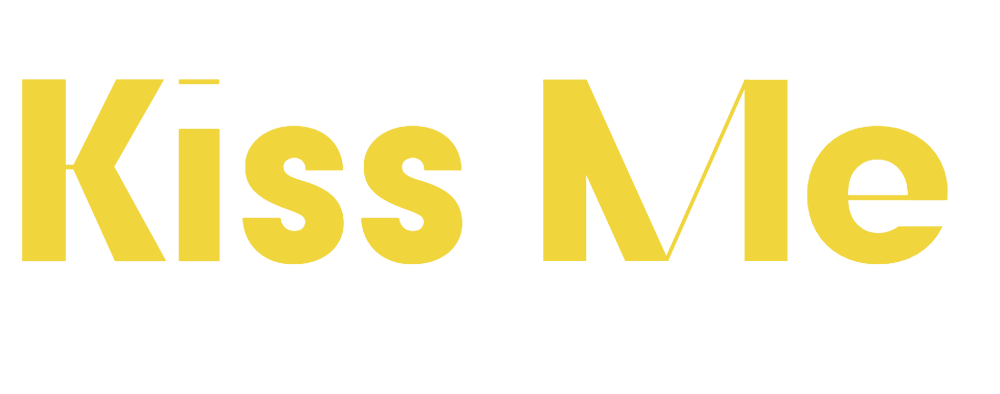To understand non-verbal cues in business, pay close attention to facial expressions, body language, and eye contact, as they reveal unspoken feelings. Notice genuine smiles, frowns, or crossed arms, and watch for inconsistencies with spoken words. Be mindful of cultural differences that can influence interpretation. By observing these signals carefully, you’ll gain deeper insights into others’ true intentions. Keep exploring to master this skill and enhance your communication effectiveness.
Key Takeaways
- Observe facial expressions, especially genuine smiles and furrowed brows, to gauge true emotions beyond spoken words.
- Pay attention to body language cues like posture, gestures, and eye contact to assess engagement and honesty.
- Look for inconsistencies between verbal messages and non-verbal signals to identify underlying feelings or concerns.
- Consider cultural and contextual factors that influence the interpretation of non-verbal cues in business settings.
- Practice active observation and mindfulness to improve your ability to read subtle non-verbal signals accurately.

Understanding non-verbal cues is essential for interpreting what others truly think and feel beyond their words. When words fall short, what people do with their faces and bodies often reveal more than they realize. Recognizing these signals can help you navigate conversations more effectively, especially in business settings where trust and understanding are crucial. Facial expressions are among the most immediate indicators of emotion. A genuine smile, for instance, involves the muscles around your eyes, not just your mouth, signaling authentic happiness or agreement. Conversely, a forced smile might suggest discomfort or insincerity. Pay attention to subtle changes in facial expressions during interactions; a furrowed brow might indicate confusion or concern, while a raised eyebrow can signal skepticism or surprise. These cues offer insight into unspoken reactions, helping you gauge whether your message lands well or needs clarification. Additionally, understanding cultural differences is vital, as gestures and expressions may vary across societies, affecting how non-verbal cues are perceived and interpreted.
Recognizing facial cues helps interpret unspoken reactions and gauge message effectiveness in conversations.
Beyond facial expressions, body language plays a vital role in communication. How someone positions their body, the gestures they use, and their eye contact all convey meaning. For example, leaning forward typically indicates engagement and interest, while leaning back or turning away might suggest disinterest or disagreement. Crossed arms often signal defensiveness or discomfort, whereas an open posture can indicate receptiveness and confidence. Eye contact is another powerful cue—consistent eye contact can show attentiveness and honesty, but avoiding eye contact might suggest discomfort, evasiveness, or even dishonesty. Mirroring someone’s body language can foster rapport, subtly signaling agreement and understanding without a word.
Learning to interpret these non-verbal signals requires observation and context. Not all gestures mean the same thing in every situation or culture, so consider the environment and individual differences. A person’s facial expressions and body language should be analyzed together rather than in isolation. For instance, someone might smile politely but avoid eye contact, indicating politeness rather than genuine happiness. Conversely, a relaxed posture combined with a warm smile generally points to comfort and trust. Practicing active observation and being aware of non-verbal communication enhances your ability to understand unspoken messages, making your interactions more meaningful.
You can improve your ability to read non-verbal cues by staying present and mindful during conversations. Focus on the overall picture: facial expressions, gestures, posture, and eye movements. Notice inconsistencies between what someone says and what their body language suggests. This discrepancy often reveals underlying feelings or thoughts they might not be willing to voice. By honing your awareness of these cues, you’ll become more adept at understanding unspoken messages, making your communication more effective and empathetic. Ultimately, mastering the art of reading non-verbal cues enhances your ability to connect authentically, even when words are insufficient.
Frequently Asked Questions
How Accurate Are Non-Verbal Cues in Understanding Someone’s True Feelings?
You wonder about reading accuracy and cue reliability when interpreting non-verbal cues. While non-verbal signals can offer valuable insights into someone’s true feelings, they’re not always perfectly reliable. Context, individual differences, and cultural factors influence cue accuracy. You should be cautious, trusting non-verbal cues as clues rather than definitive answers. Combining these cues with verbal communication gives a clearer picture, but remember, no cue is foolproof.
Can Cultural Differences Affect the Interpretation of Non-Verbal Cues?
Cultural variations greatly influence how you interpret non-verbal cues, as gestures can have different meanings across cultures. You might see a gesture as friendly, but it could be offensive elsewhere, leading to gesture misunderstandings. To avoid this, stay aware of cultural differences and observe context carefully. Recognizing these nuances helps you better understand true feelings and intentions, preventing miscommunication and fostering respectful interactions.
How Can I Improve My Ability to Read Non-Verbal Signals?
Ever wonder what your body language and facial expressions reveal? To sharpen your skills, pay close attention to subtle cues: observe how people hold their bodies, their eye contact, and facial expressions during conversations. Practice active listening and reflect on what you notice. Over time, you’ll spot the hidden messages behind the words, revealing a deeper understanding of others’ true intentions and emotions—making your connections more meaningful and authentic.
Are There Specific Cues That Predict Deception or Lying?
You can spot deception by paying attention to microexpressions, which are quick, involuntary facial flashes revealing true feelings. Watch body language, like inconsistent gestures or fidgeting, as these often signal lying. People may also avoid eye contact or blink more frequently. Stay alert for these subtle cues, but remember, no single sign confirms deception—look for clusters of signals to better interpret honesty versus dishonesty.
How Do Non-Verbal Cues Differ in Virtual Versus Face-To-Face Communication?
Imagine you’re in a virtual meeting, noticing someone avoiding digital eye contact or fidgeting on camera—these are key digital body language cues. In virtual settings, non-verbal cues differ because you can’t see full body language, making facial expressions and virtual eye contact more vital. Unlike face-to-face, where posture and gestures reveal emotions, online cues rely heavily on facial cues and screen presence to interpret honesty and engagement.
Conclusion
By paying close attention to non-verbal cues, you can truly understand what others are feeling, even when words fall short. Remember, a crossed arm might be a “mute button” on their emotions, just like a medieval knight’s shield. Keep practicing, and you’ll soon decode these silent signals like a modern Sherlock, revealing hidden truths behind their words. Mastering this skill helps you connect more deeply—no need for a crystal ball, just your keen eye.







